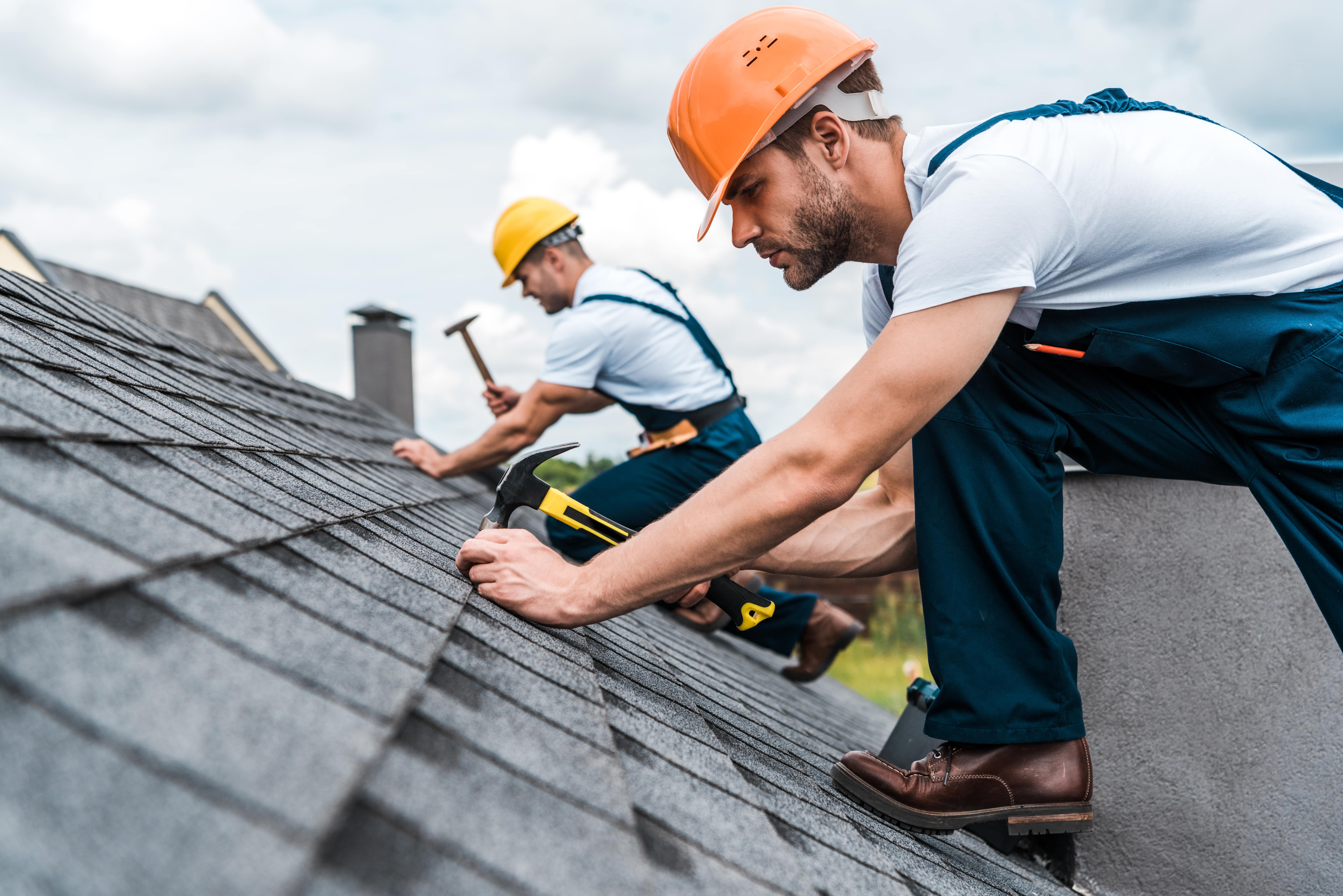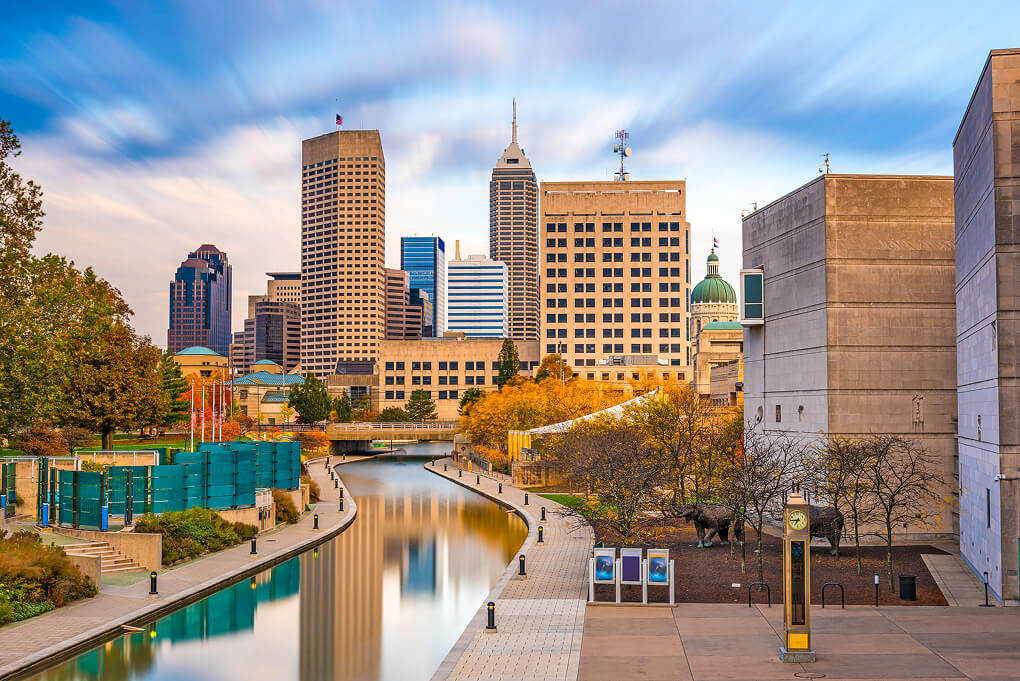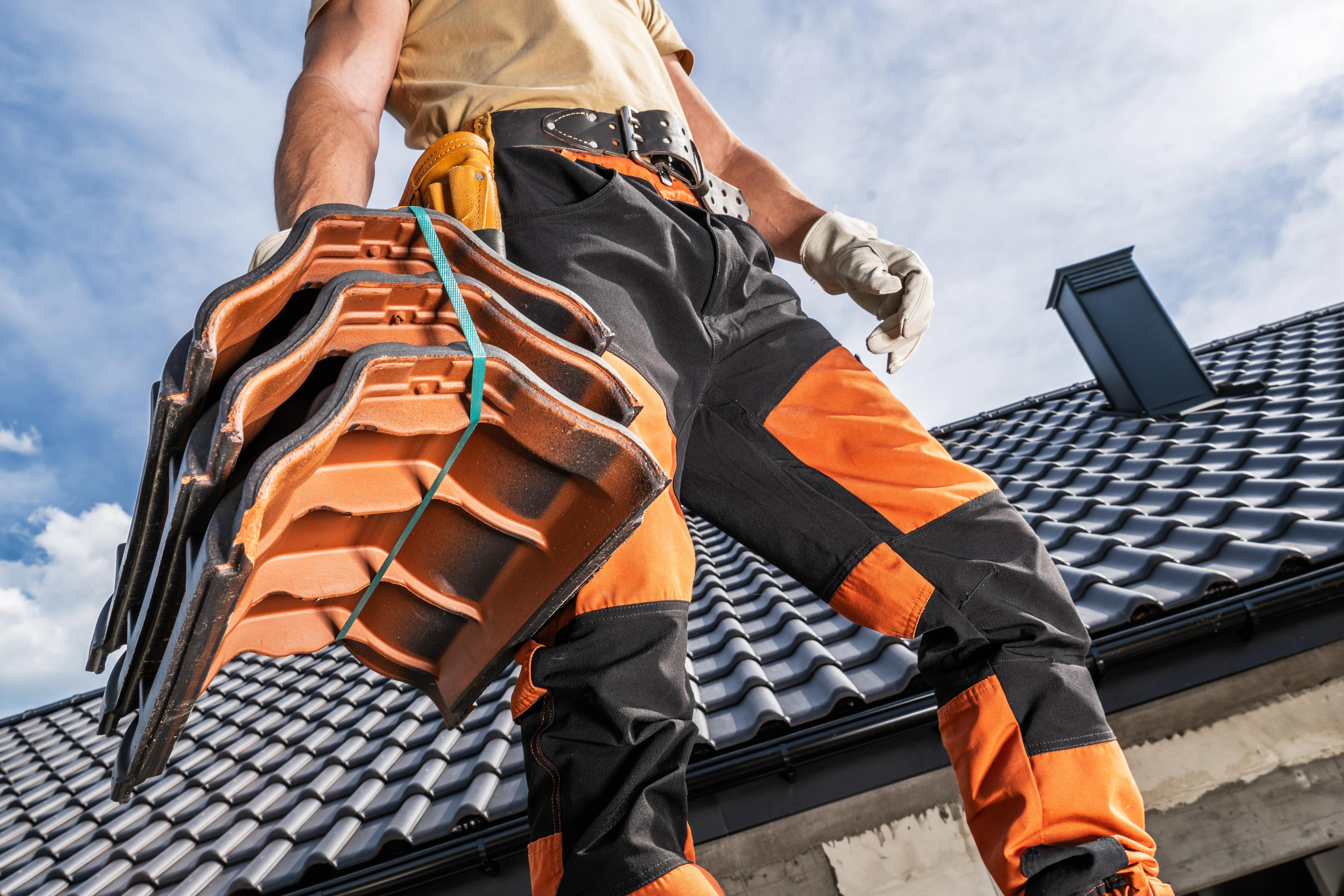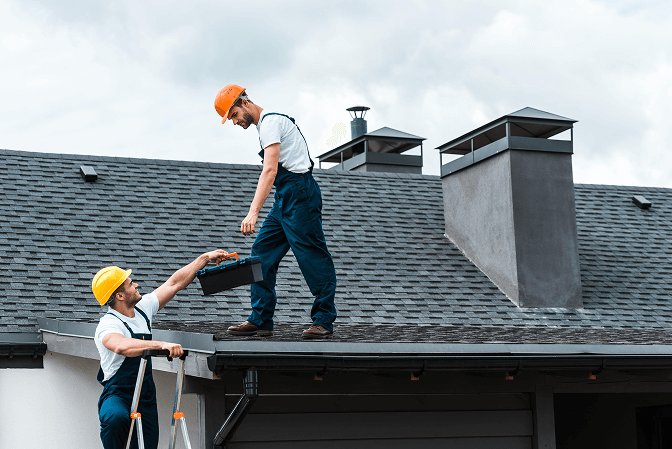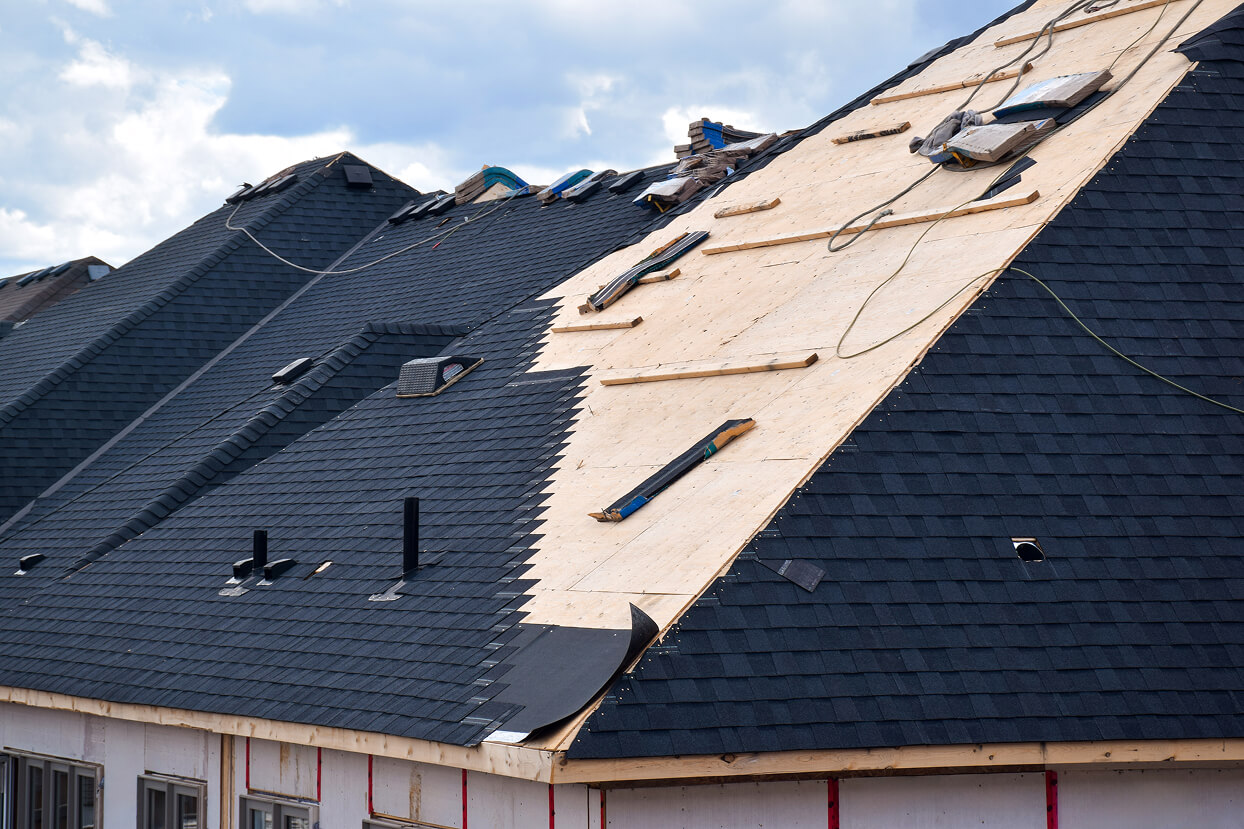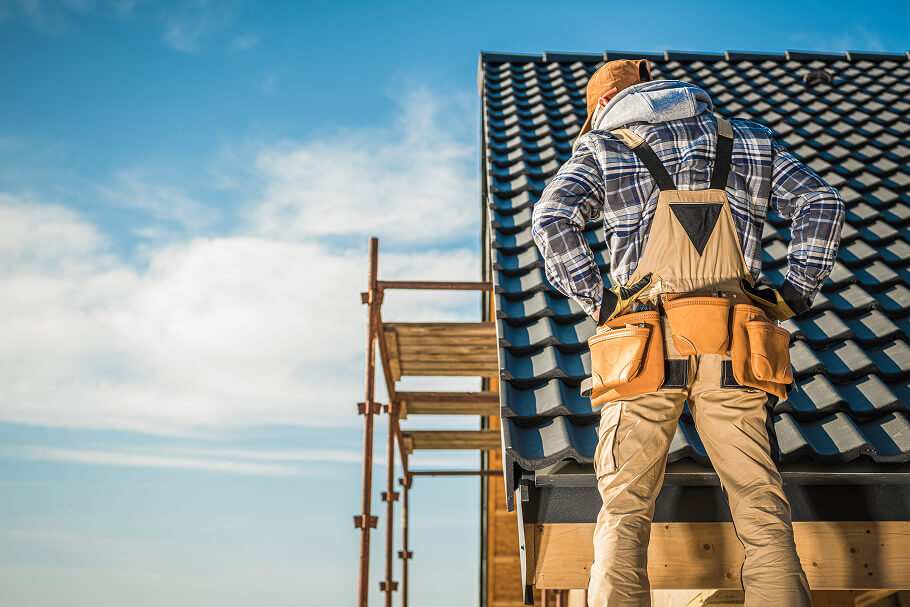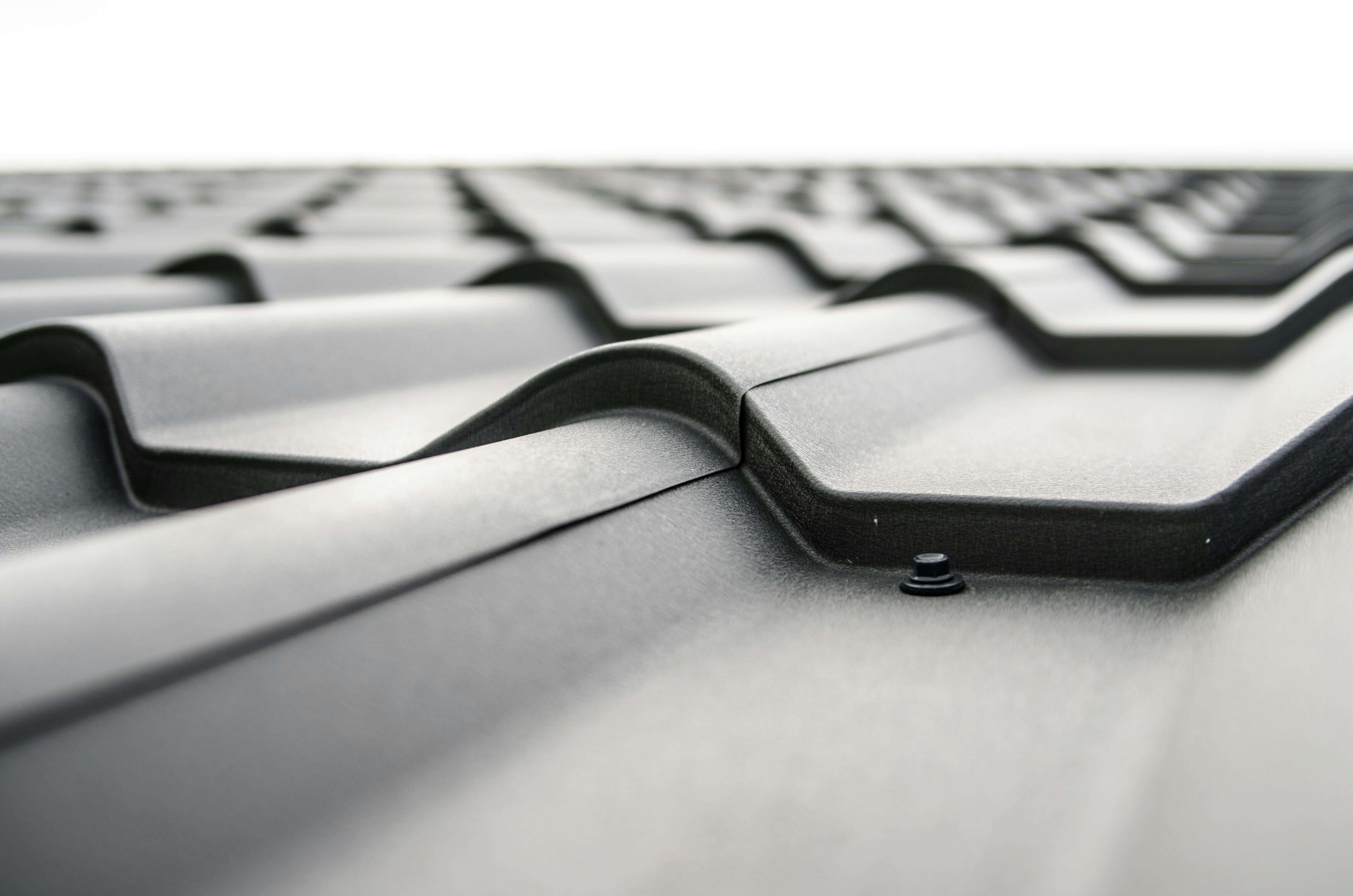If you own a home in Central Indiana, your roof takes a beating. Between spring hail, summer heat, fall debris, and winter ice, it’s constantly protecting your home from the elements. But when something goes wrong, many homeowners aren’t sure where to start or how serious the problem really is.
We see it all the time. At Above The Cut Restoration, we’ve repaired and replaced hundreds of roofs across Indianapolis, Greenwood, Franklin, Whiteland, Bargersville, and Center Grove. We know what to look for, what to fix, and how to keep small issues from turning into costly problems. Here are ten essential roof repair tips that every Indianapolis homeowner should know — based on real experience and trusted roofing research from top national organizations.
1. Understand the most common roof problems in Indiana
Indiana’s mix of weather extremes means our roofs deal with everything from high winds and hail to heavy rain and freezing ice. The National Roofing Contractors Association (NRCA) explains in this homeowner guide that missing shingles, poor flashing, and clogged gutters are among the most common causes of roof damage across the country — and we see the same right here in Indy.
If you notice curling shingles, sagging spots, or interior water stains, it’s best to schedule a professional inspection. You can get started here: Roof Repair in Indianapolis, Indiana. Acting early is always cheaper than waiting until the next storm.
2. Keep a consistent inspection schedule
Regular roof inspections are the easiest way to prevent expensive surprises. The Asphalt Roofing Manufacturers Association (ARMA) recommends checking your roof twice a year — in spring and fall — and after any severe storm. You can read more in their maintenance guide.
Those quick inspections help you catch loose shingles, flashing gaps, or debris before they cause leaks. If you’re not comfortable checking it yourself, our team offers post-storm inspections and documentation for insurance claims through our Storm Damage Repair & Emergency Roofing service. Call us after any big wind or hailstorm — we’ll check it out before small damage becomes major.
3. Safety comes first
Roofs are dangerous to work on. The U.S. Bureau of Labor Statistics reports that falls are still one of the top causes of serious construction injuries (BLS Safety Data). Always use a sturdy ladder on level ground, wear non-slip boots, and avoid working in wet or windy conditions.
If you’re unsure or uneasy about climbing up, don’t risk it. It’s not worth it for a few loose shingles. You can always request a free quote and let our trained professionals handle the inspection safely.
4. Use the right tools for minor fixes
If you plan to handle small maintenance yourself, having the right tools matters. A roofing hammer, galvanized nails, a pry bar, a utility knife, roofing cement, and flashing tape will cover most minor repairs.
But be cautious. Fixing shingles or flashing incorrectly can void your warranty and lead to leaks later. If you’re unsure, call us. We’ll take a quick look and make sure the repair is done right — especially if the roof’s under manufacturer warranty or insurance coverage.
5. Look for early warning signs
You don’t need to get on your roof to spot a problem. Just walk around your home every few months and look for:
- Dark or missing shingles
- Curling or cracked edges
- Granules in your gutters (sign of aging shingles)
- Sagging rooflines
- Water stains in the attic or ceilings
The Owens Corning Roofing Homeowner Study (2023) found that 43% of major roof repairs started as minor leaks that went unnoticed for months. A few minutes of attention can save thousands later.
If you need help deciding whether to call a pro, check out our blog Top 10 Tips for Choosing the Best Indianapolis Roofing Contractor for Your Home for guidance.
6. Treat roof leaks like emergencies
A roof leak is never “minor.” The Federal Emergency Management Agency (FEMA) warns in its home protection guide that small leaks are one of the leading causes of long-term interior water and mold damage.
If you notice water dripping, bubbling paint, or ceiling stains, don’t wait. Temporary patches can help for a day or two, but they won’t stop the source. We offer fast, professional roof repair in Indianapolis to find and fix the problem before it spreads to insulation or drywall.
7. Replace damaged shingles properly
Replacing shingles seems simple, but poor technique causes most DIY failures. GAF Roofing points out in their article on common causes of roof leaks that improperly sealed or misaligned shingles lead to water infiltration even when they look fine from the ground.
If you need to replace one or two, lift the shingles above, remove old nails, slide in the new one, and nail just below the adhesive line before sealing edges with roofing cement. If a whole section is loose or curling, call a pro — the damage could be deeper than it looks. We can replace a few shingles or handle a full resection depending on what the roof actually needs.
8. Inspect for storm damage right away
Wind and hail are the two biggest causes of roof damage in Indiana. The Insurance Information Institute (III) reports that they account for nearly 40% of all homeowners insurance claims across the U.S. (III Homeowners Data).
After any severe storm, take a walk around your property. Look for:
- Shingles on the ground
- Dents in gutters or metal vents
- Fallen branches or debris
- Water stains in the attic
If you see any signs of trouble, don’t wait to get it checked. You can schedule a quick, no-pressure inspection through our Storm Damage Repair & Emergency Roofing page. Acting fast not only protects your home but also helps with insurance claims.
9. Know when to call a professional
Not every repair belongs on a DIY list. Persistent leaks, structural sagging, or large missing sections mean it’s time for a licensed roofer. We use moisture scanners and drones to find hidden water intrusion and pinpoint weak spots.
If you’re not sure how bad it is, call us before the next round of storms. We’ll give you a clear assessment and options you can trust — no upsells, no confusion, just honest answers from people who do this every day.
10. Plan for your roof’s lifespan
Even a well-maintained roof won’t last forever. The National Association of Home Builders (NAHB) estimates that most asphalt shingle roofs last around 20 to 25 years depending on the materials and climate. The InterNACHI Life Expectancy Reference agrees, listing similar lifespans for residential roofs (InterNACHI report).
If your roof is reaching that age or has needed repeated repairs, start planning ahead. Replacing a roof before it fails can prevent costly water damage and help your home’s resale value. You can request a free quote and we’ll give you an honest, no-pressure estimate on remaining lifespan and replacement options.
FAQs
What’s the best way to repair roof leaks?
Find the cause — not just the symptom. Most leaks come from damaged shingles, cracked flashing, or vent boots that have lost their seal. For a lasting fix, schedule a roof leak repair in Indianapolis with a licensed professional.
How old may a roof be before insurance considers it “too old”?
Many insurance companies reduce or deny coverage after a roof passes 15–20 years of age. Keeping inspection photos and maintenance records helps you stay covered. You can read more about claim trends from the Insurance Information Institute.
Is a roof leak covered by homeowners insurance?
If it’s caused by a sudden event — like hail, wind, or debris — it usually is. Damage from age or neglect generally isn’t. Always document the storm date and damage and schedule a storm inspection to strengthen your claim.
Can Flex Seal stop roof leaks?
It can slow a drip temporarily but won’t fix the source. Treat it like a short-term patch until you can get professional service.
What’s the best time of year for roof repair?
Spring and fall are ideal. Temperatures are moderate, and shingles adhere better. ARMA recommends these same seasons for maintenance in their roofing guide. Still, if you have an active leak, call right away — we repair roofs year-round.
How much does a typical roof leak repair cost?
Most small leak repairs in Indianapolis cost between $250 and $800 depending on location and severity. The only way to know for sure is to request a free quote and get an expert’s eyes on it.
Is it normal for a roof to leak in heavy rain?
No — a properly installed roof should never leak, even in extreme weather. If yours does, you likely have a flashing or shingle problem that needs immediate attention.


